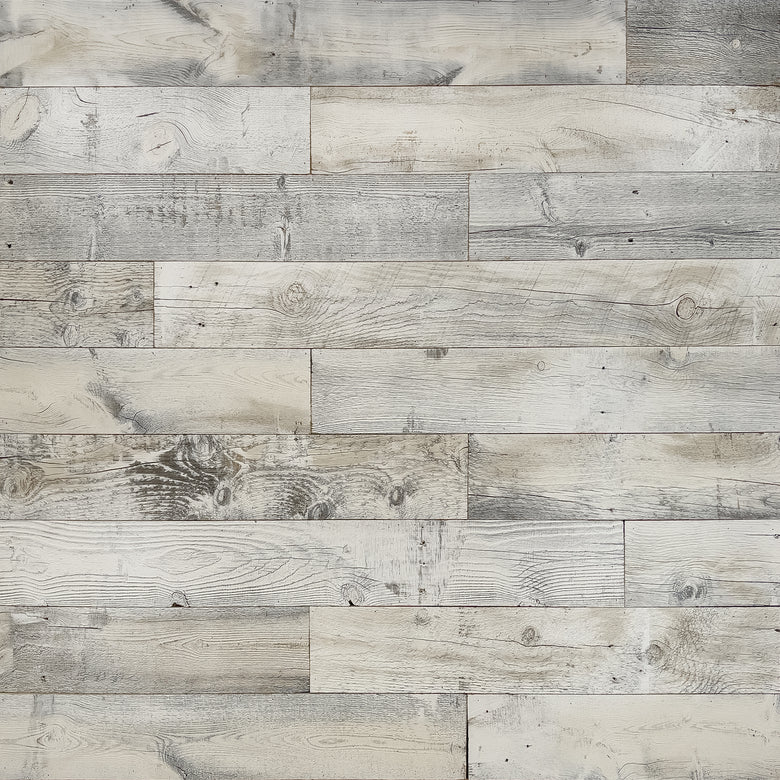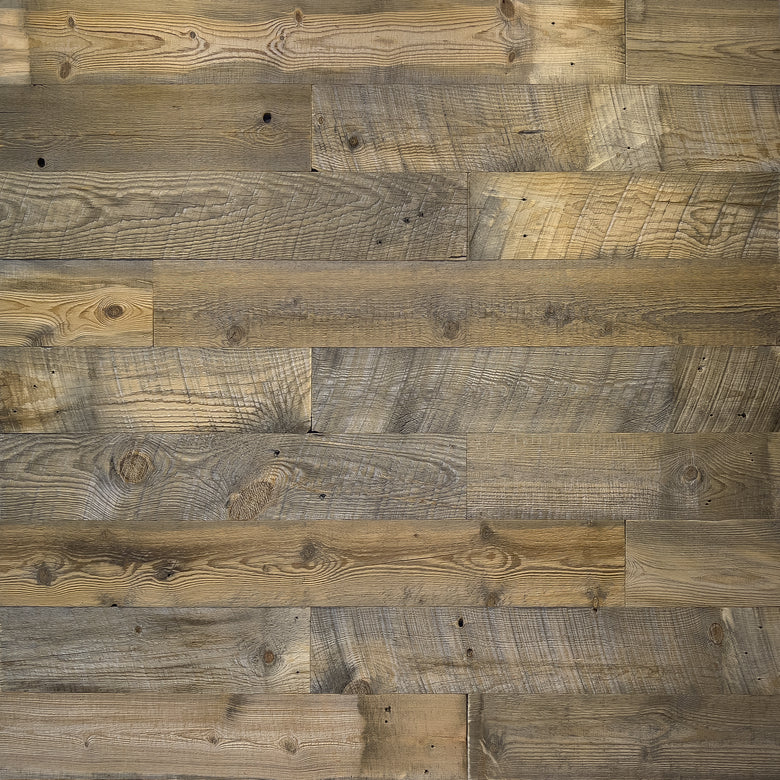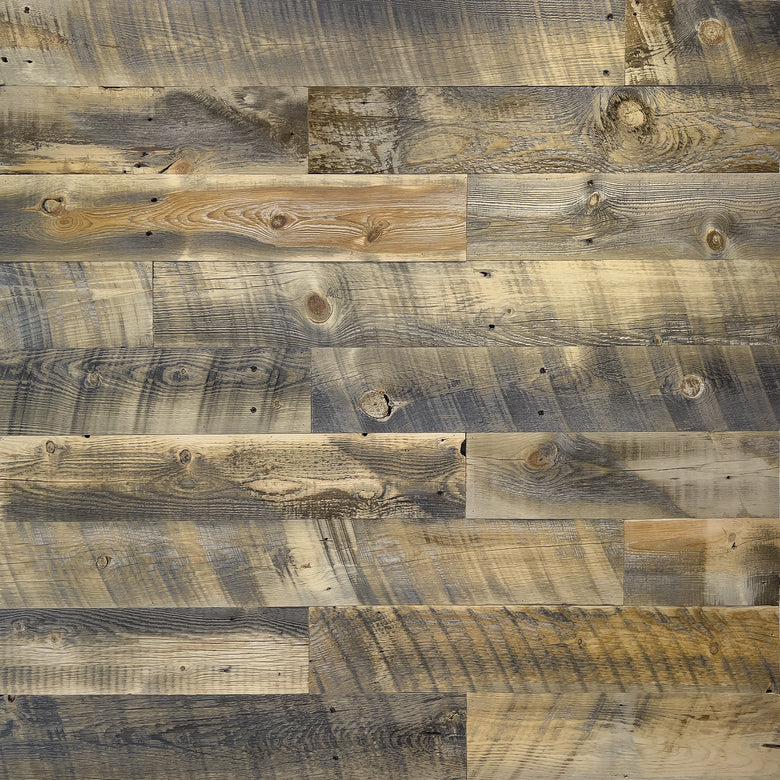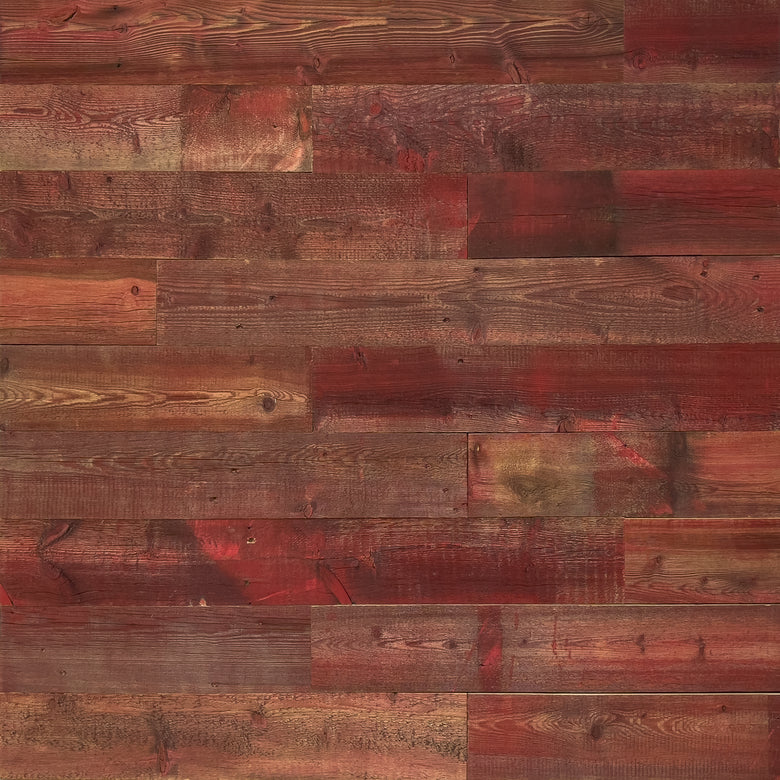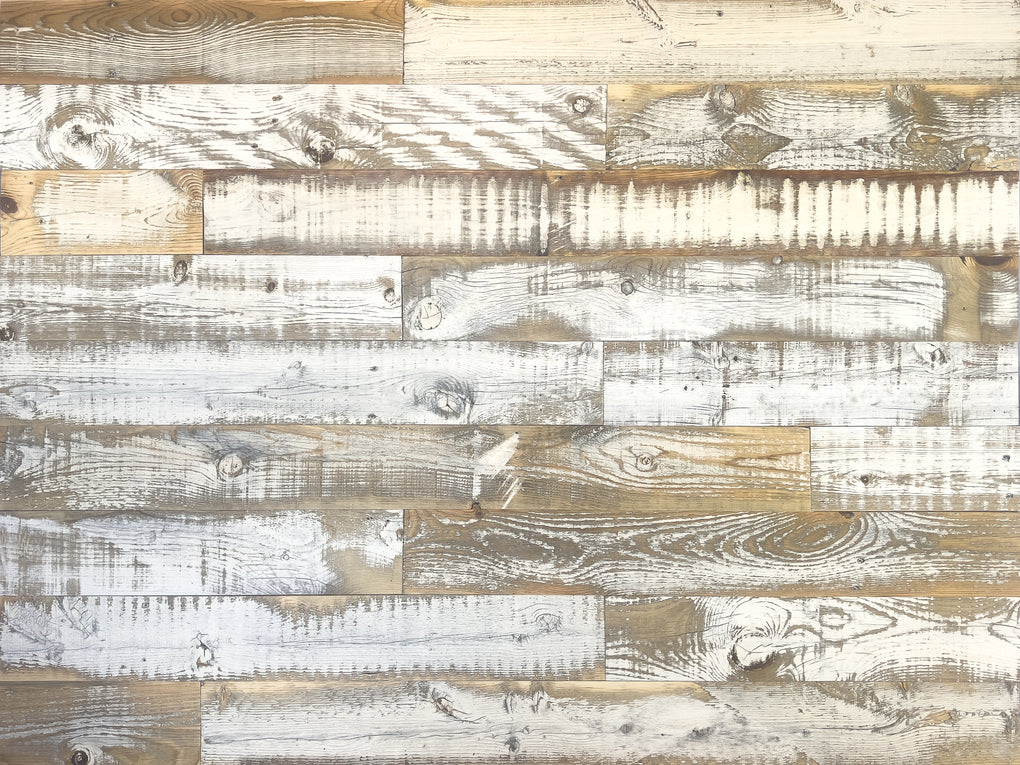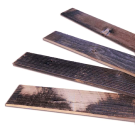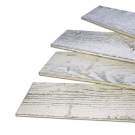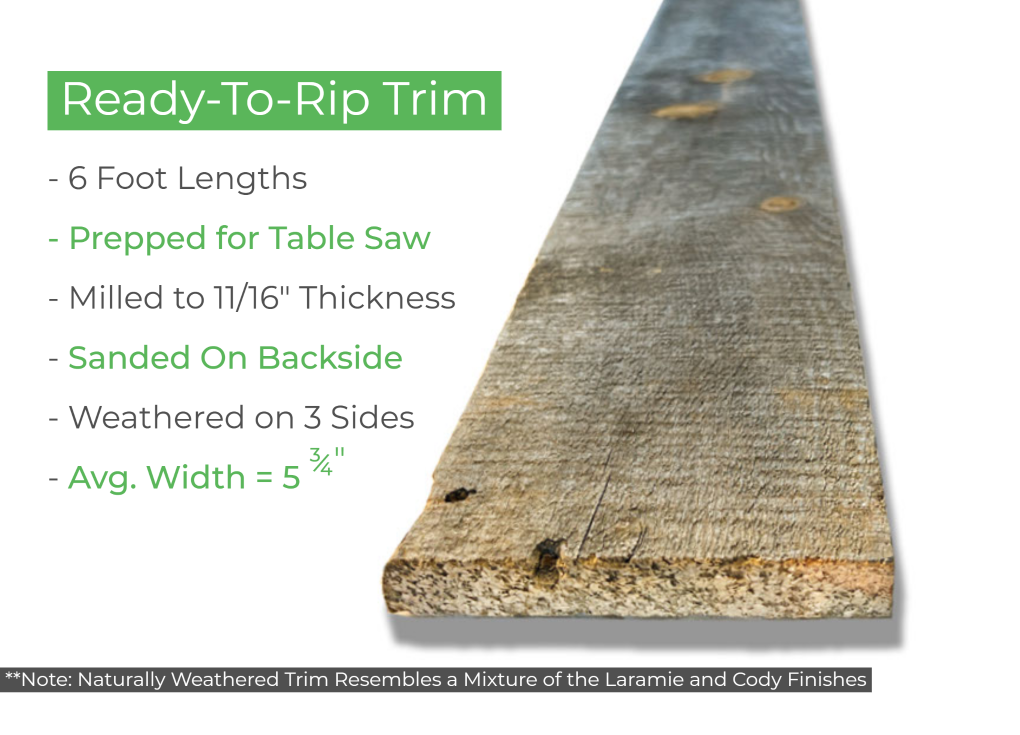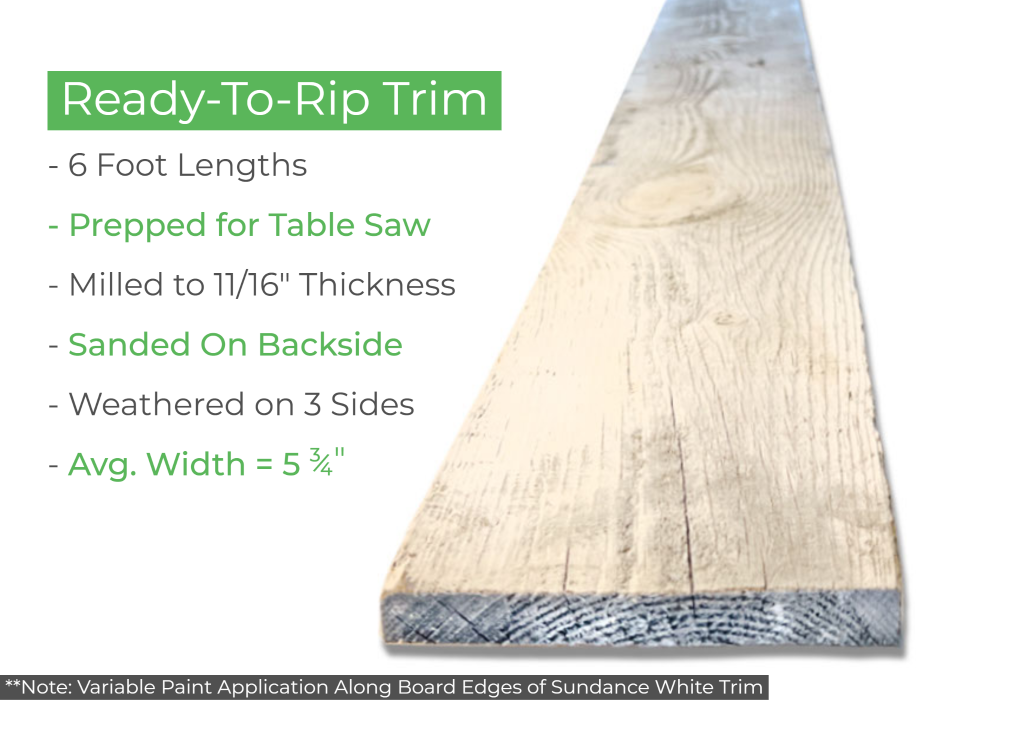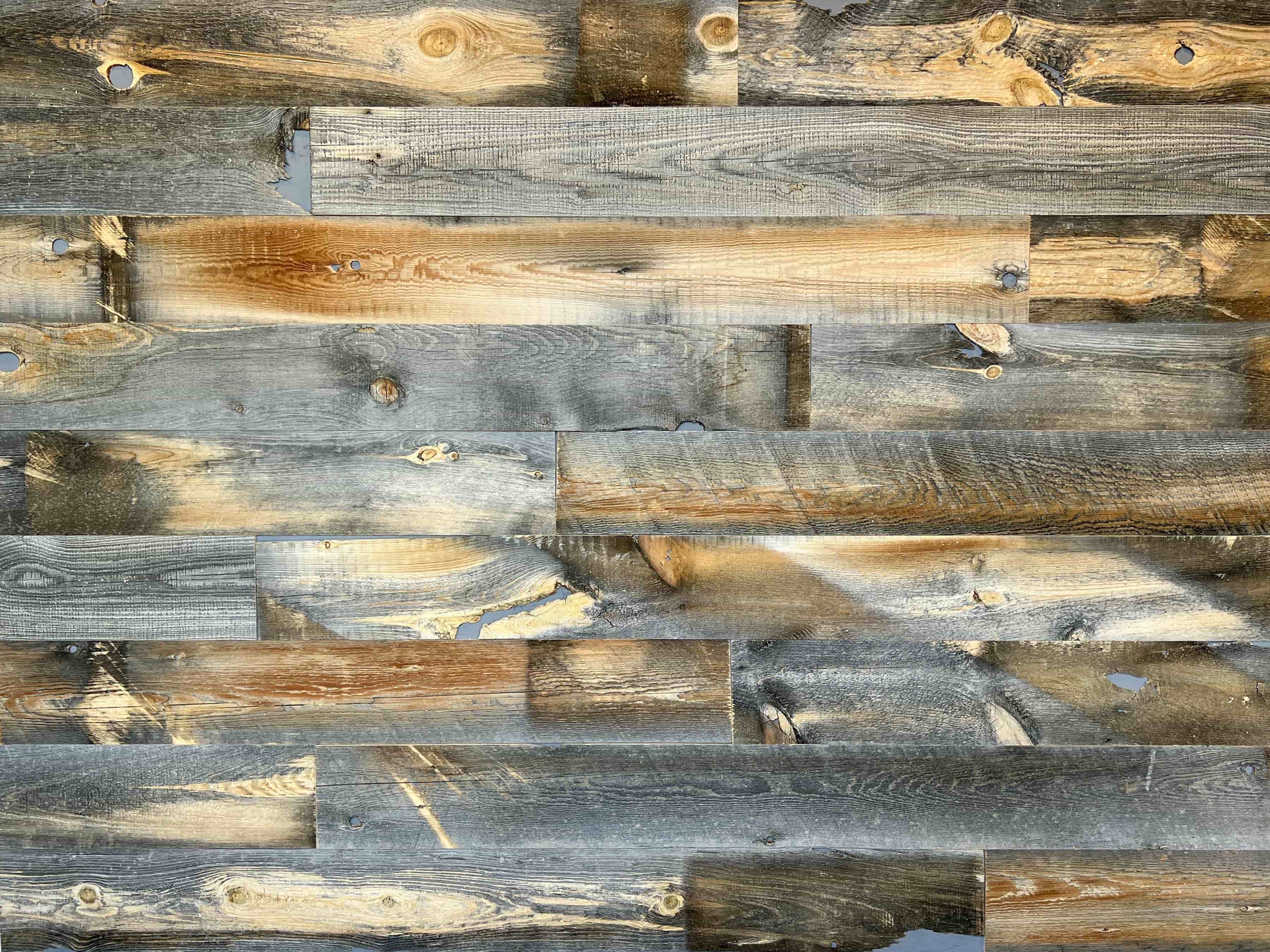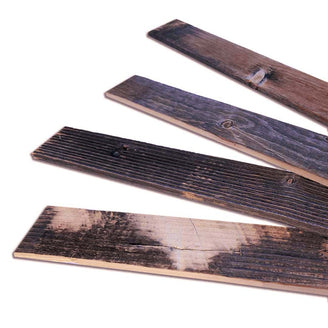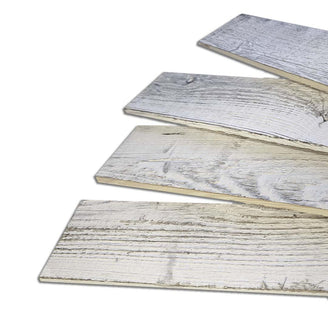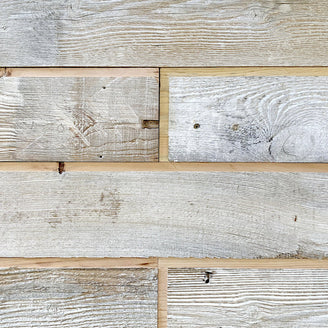Foreword: A Small Word from the Author. If you are among those of us on planet earth who breathe air, it may be worth taking a short break from the Netflix series you’re currently bingeing to read this. We are not a formal authority on the topic of Indoor Air Quality, but the sources we’ve drawn from are. That said, we encourage you to do your own research, as well.
Thank you and enjoy.


